Apple's CarPlay Ultra represents the most ambitious evolution of in-car connectivity since the original CarPlay launched over a decade ago. Not just another software update; it is Apple's bold attempt to fundamentally reimagine how we interact with our vehicles. The system debuted earlier this year, according to MacRumors, and its current availability tells a story of innovation colliding with industry resistance that is reshaping the automotive landscape.
Unlike traditional CarPlay, which mirrors your phone onto a car's center screen, CarPlay Ultra integrates with instrument clusters, climate controls, and core vehicle systems, as reported by MacRumors. Your iPhone talks directly to vehicle data like speed, fuel levels, and tire pressure, per MacRumors. In short, Apple is pitching a brain for the whole driving experience.
Where can you actually experience CarPlay Ultra today?
If you're eager to try Apple's next-generation automotive interface, your options are still limited, a telling sign of the hurdles in this rollout. CarPlay Ultra is currently available with new Aston Martin vehicle orders in the United States and Canada and will be offered to existing compatible Aston Martin vehicles via a dealer software update in the coming weeks, per Apple. The British luxury automaker became Apple's global launch partner, as noted by Supercar Blondie, so for now it is the exclusive gateway to Apple's most sophisticated automotive software.
For Aston Martin owners, you need an iPhone 12 or newer running iOS 18.5 to access CarPlay Ultra, as detailed by Motor1. Setup is telling. The system uploads about 50 megabytes of vehicle-specific graphical assets to build a tailored interface, per the same Motor1 review. Not just pairing a phone, more like downloading a bespoke operating layer for your car.
Apple has signaled broader expansion, saying CarPlay Ultra would roll out to additional vehicles worldwide within twelve months, which points to wider availability by May 2026, according to MacRumors. Given the pushback so far, that timeline might be optimistic.
Which automakers are actually committed to CarPlay Ultra?
The industry response splits cleanly between early adopters and brands guarding their turf. Alongside Aston Martin's live implementation, Hyundai, Kia, and Genesis have kept their commitment since Apple's May announcement, according to MacRumors. Porsche has reaffirmed plans to integrate the technology, as reported by MacRumors Guide, making it the lone German luxury marque still on board.
That roster looks very different from Apple's preview at WWDC 2022. Back then, the slide listed fourteen brands: Acura, Audi, Ford, Honda, Infiniti, Jaguar, Land Rover, Lincoln, Mercedes-Benz, Nissan, Polestar, Porsche, Renault, and Volvo, according to MacRumors. Three years later, that pledge sheet is wobbly, as the same report notes.
Today's supporters, Aston Martin, Porsche, Hyundai, Kia, and Genesis, form a strategic foundation across segments, per Cars.com. Still, dropping from fourteen promised brands to five committed partners shows how complicated deep software integration in cars really is.
Why are major automakers backing away from Apple's vision?
The retreat by premium European brands is not just corporate stubbornness, it is a fight over who owns the driver's digital experience. At least five major automakers say they will not support the enhanced system, namely Audi, Mercedes-Benz, Polestar, Renault, and Volvo, according to a Financial Times report cited by MacRumors.
Two pressure points drive the resistance. First, brand identity gets blurry when Apple's design language fills every screen. Some manufacturers see CarPlay Ultra as too invasive, erasing their interface work and dulling differentiation, as reported by Supercar Blondie. For luxury marques, that digital look and feel is part of the badge.
European brands have been especially vocal. Renault executives reportedly told Apple not to "invade their system," according to 36Kr. That line sums up a broader fear, keep control of the customer relationship.
Money is the second lever. Automakers are pouring billions into distinctive digital experiences and see major revenue in connected services, according to 36Kr. Analysts peg the potential at up to $25 billion, as noted by Motor Trend. If CarPlay Ultra becomes the primary interface, those dollars could flow through Apple instead of the manufacturer.
That math has already shifted plans. BMW, Ford, and Rivian have stepped back from their CarPlay Ultra commitments, per MacRumors, worried that handing over the dashboard compromises long-term strategy and revenue.
What makes CarPlay Ultra different from regular CarPlay?
CarPlay Ultra jumps from phone mirroring to deep vehicle integration, changing how Apple software touches automotive systems, according to MacRumors. It does not stop at the center screen. It reaches into the digital instrument cluster and ties into core functions.
You see it first. Full-screen Apple Maps in the gauge cluster, with turn-by-turn directions right where your eyes already go, as observed in Motor1's hands-on review. Media, navigation, vehicle data, they move across displays without the split personalities that plague current setups.
Functionally, CarPlay Ultra goes further. Built-in radio and climate control apps, rear-view camera support, widgets you can place across the dashboard, as detailed by MacRumors. You can tweak drive modes and lighting without leaving CarPlay, per Motor1. At that point, CarPlay Ultra is not just for entertainment, it becomes the primary interface.
Apple leaves room for brand flavor. Partners can preserve fonts, colors, and specific visual elements, according to Tech Bite. Apple collaborates to keep the experience recognizably Apple while allowing familiar brand cues, as reported by BGR.
Even with that flexibility, Apple still aims for consistency across cars, according to Motor Trend. That uniformity is exactly why some automakers see a threat to their identity.
The road ahead: consumer demand versus automaker resistance
This tug-of-war pits what drivers want against what automakers want to control. Nearly half of American car buyers would avoid a vehicle without CarPlay or Android Auto, according to 36Kr. Among current CarPlay users, 85 percent prefer Apple's system over their car's native software, per the same report. That is not a mild preference, it is a mandate.
Even holdouts have felt the heat. Rivian initially skipped CarPlay, then found 70 percent of its customers requested it, according to Motor Trend. Apple's own research says 79 percent of buyers want CarPlay in their next vehicle, per the same report.
What happens next? Analysts expect CarPlay Ultra in millions of vehicles by 2026, especially in North America and Europe, according to Tech Bite. Getting there hinges on Apple addressing revenue sharing and brand differentiation without dulling the seamless feel users love.
The brands that strike the right balance between Apple integration and their own identity could open up a real advantage. For now, if you want to try this future, you'll need to visit an Aston Martin showroom, and keep an eye on how this software power struggle reshapes the relationship between our smartphones and our cars.







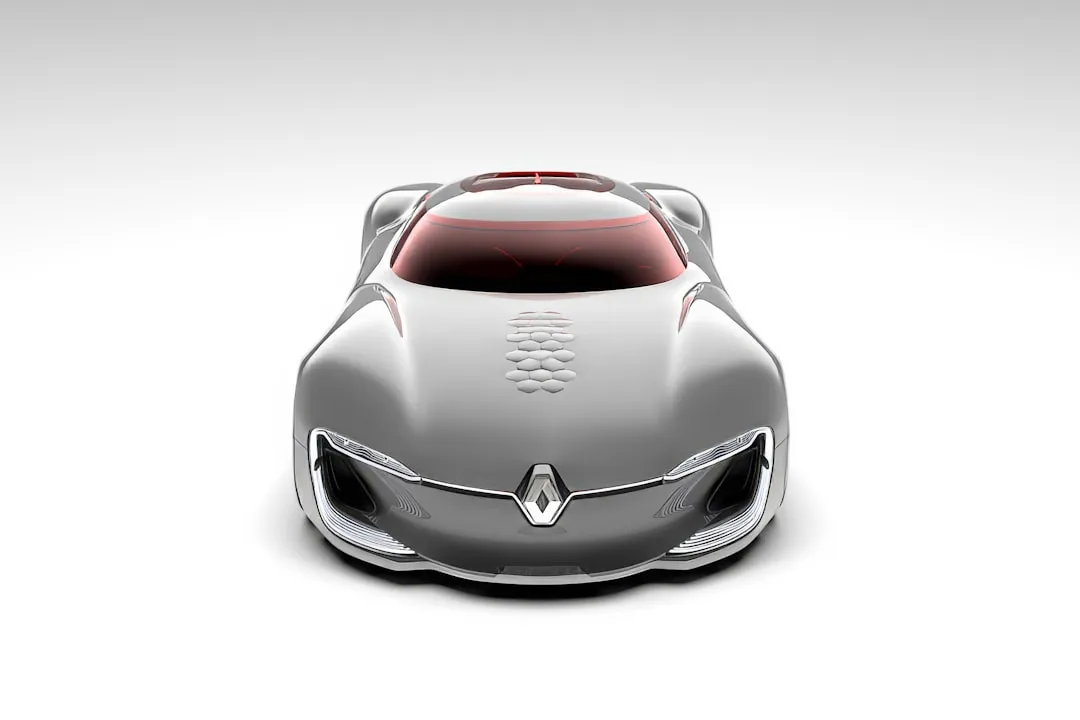
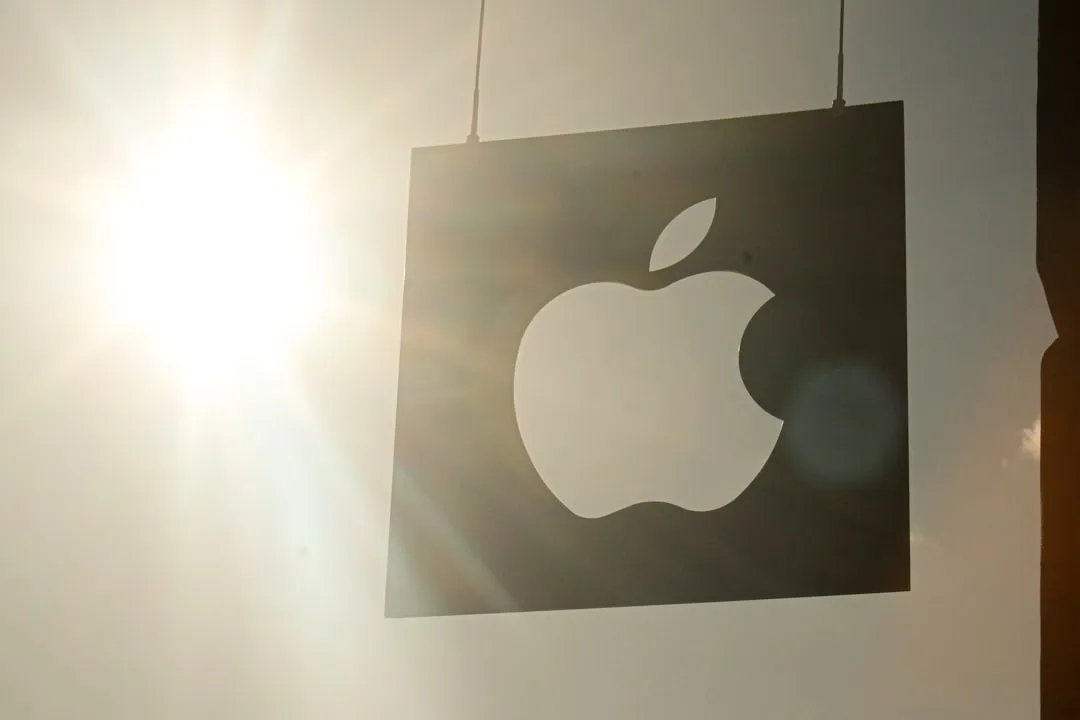
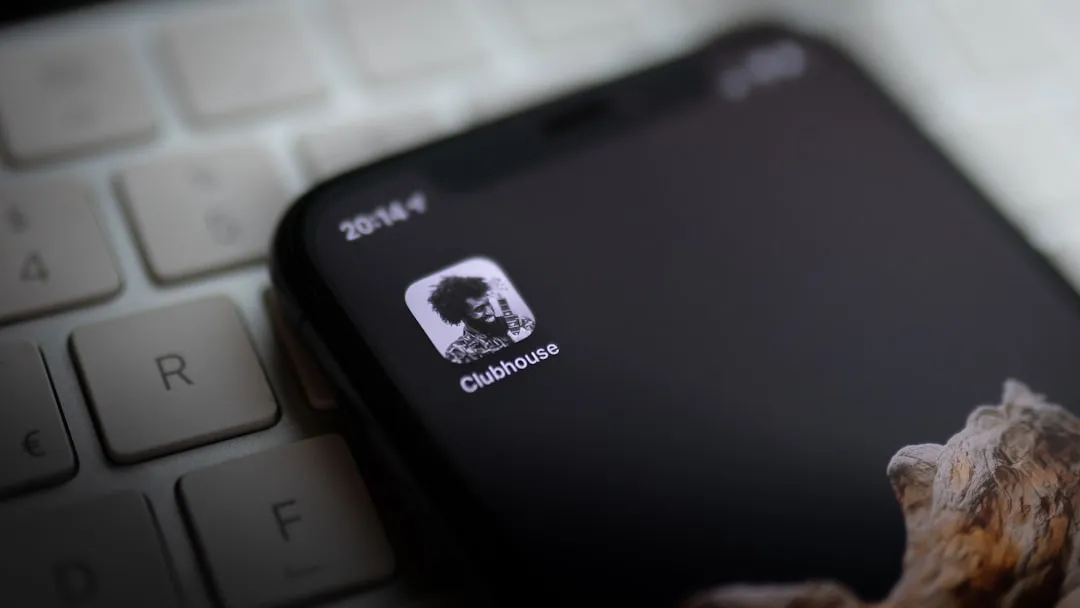
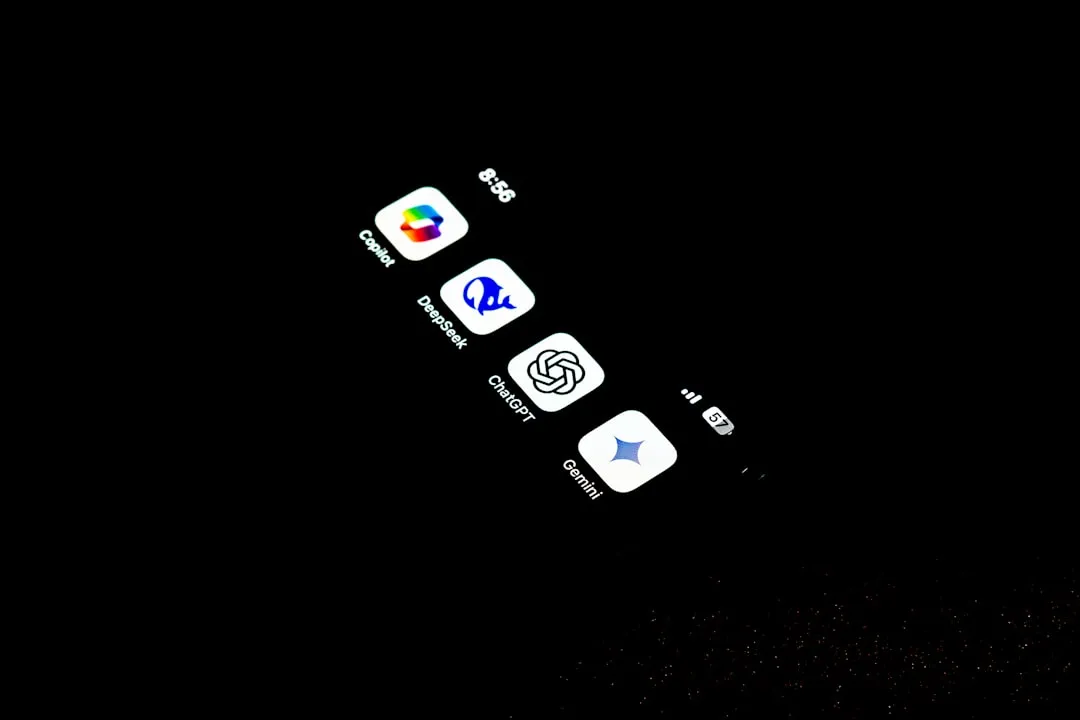
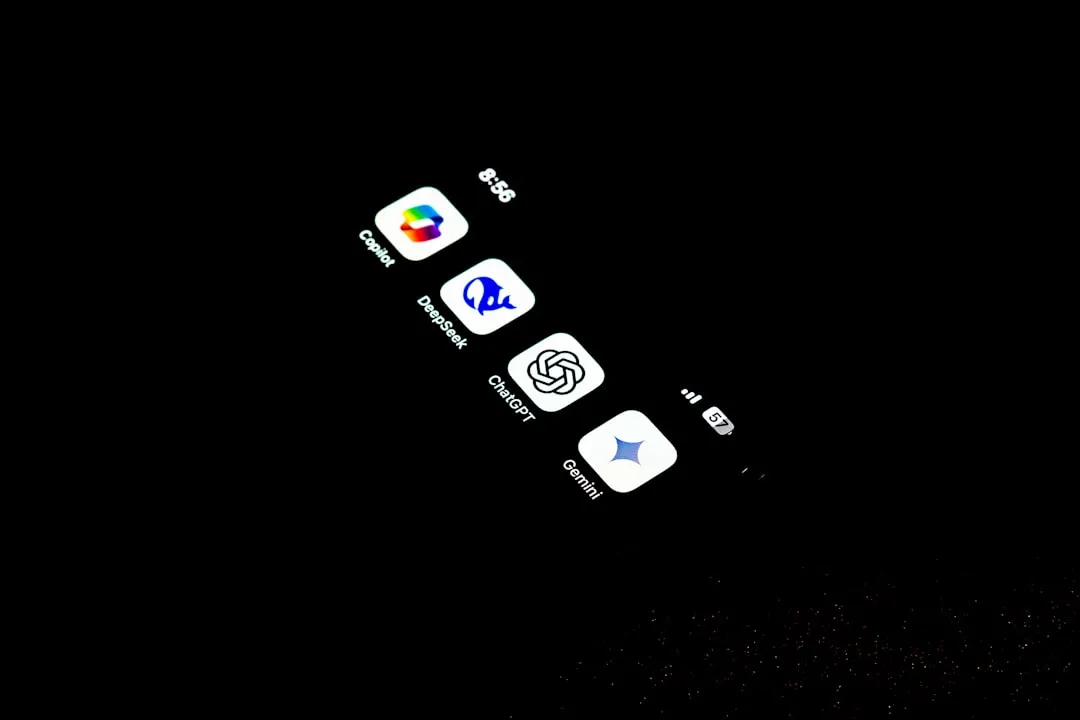
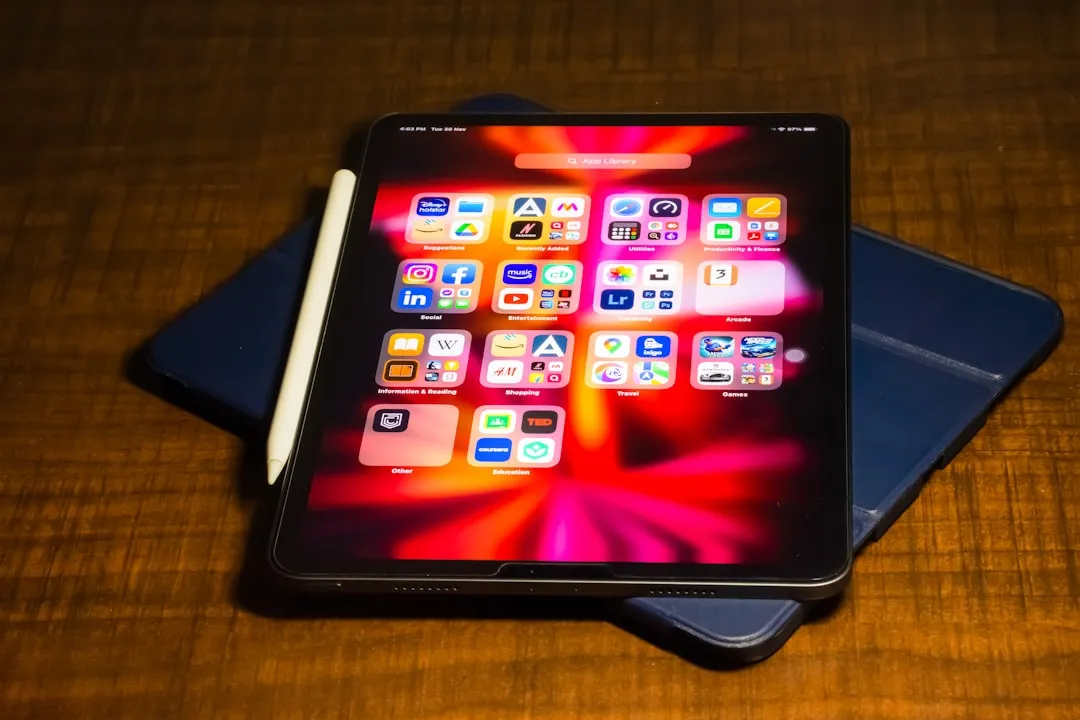
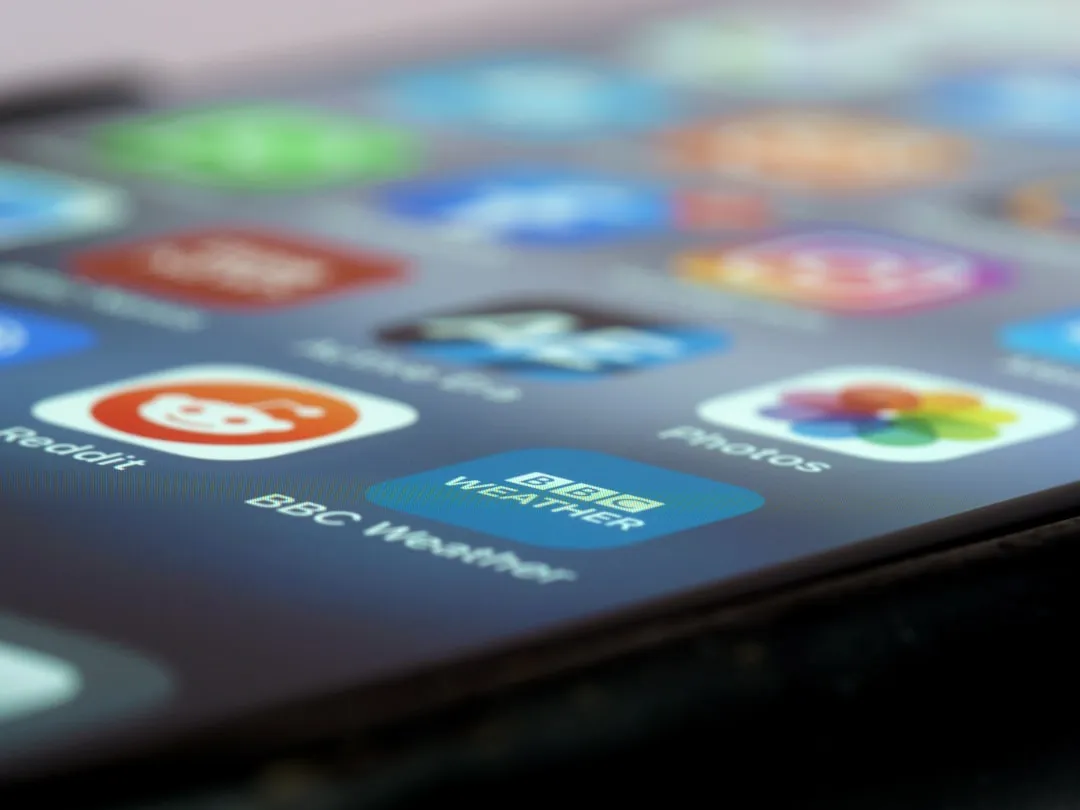
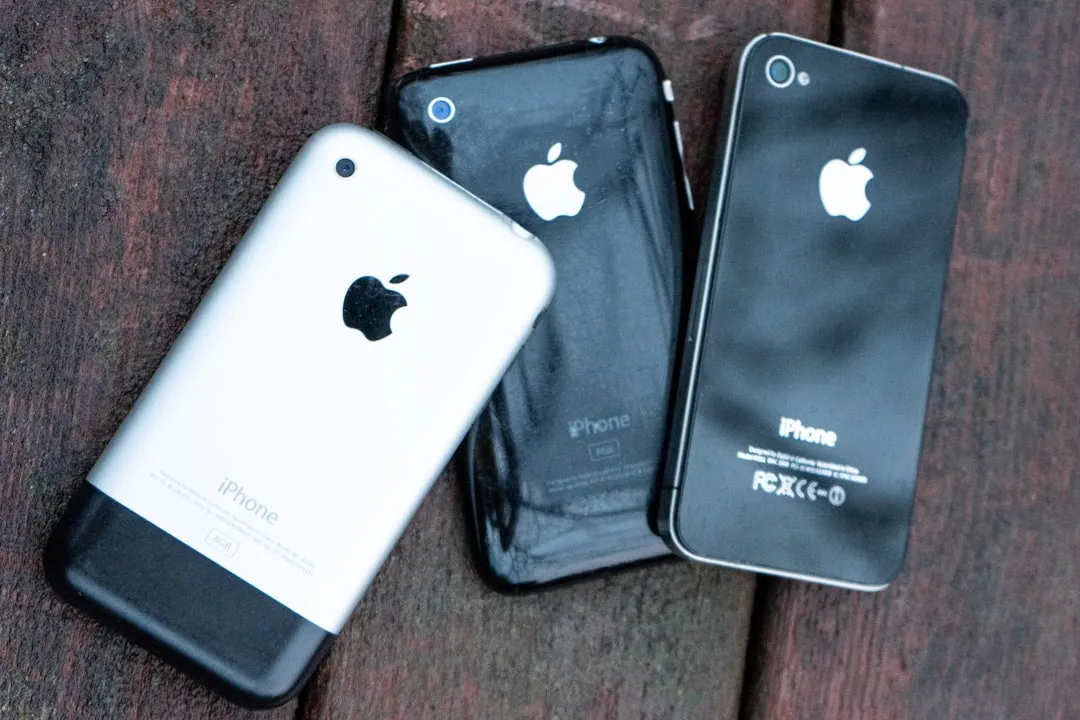

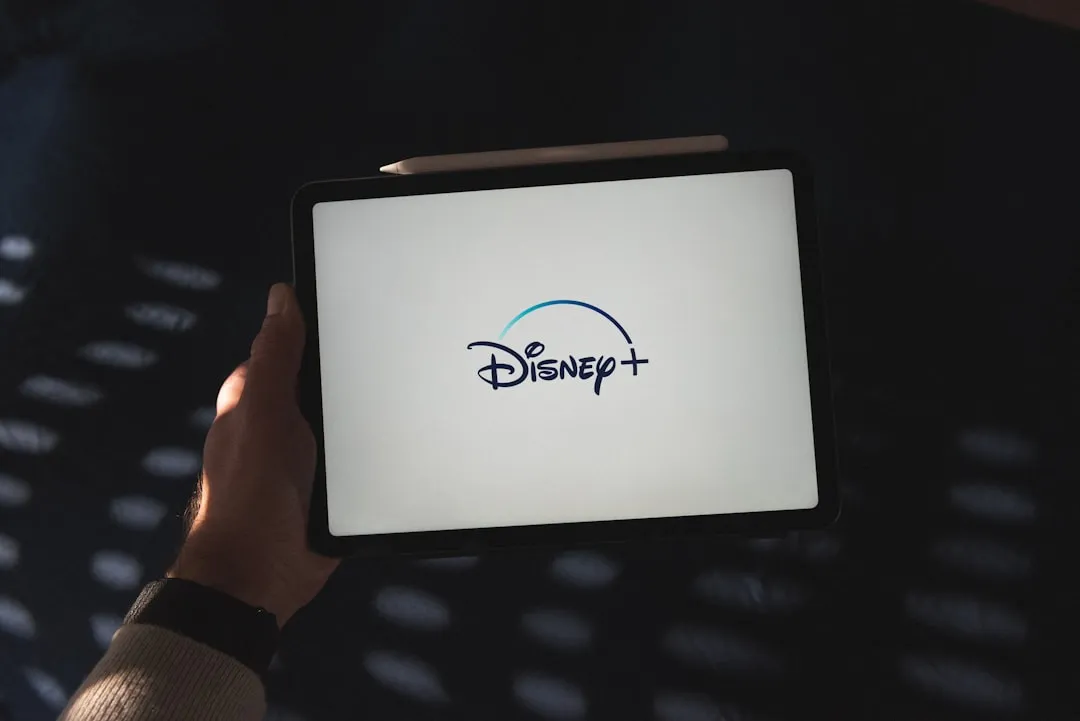
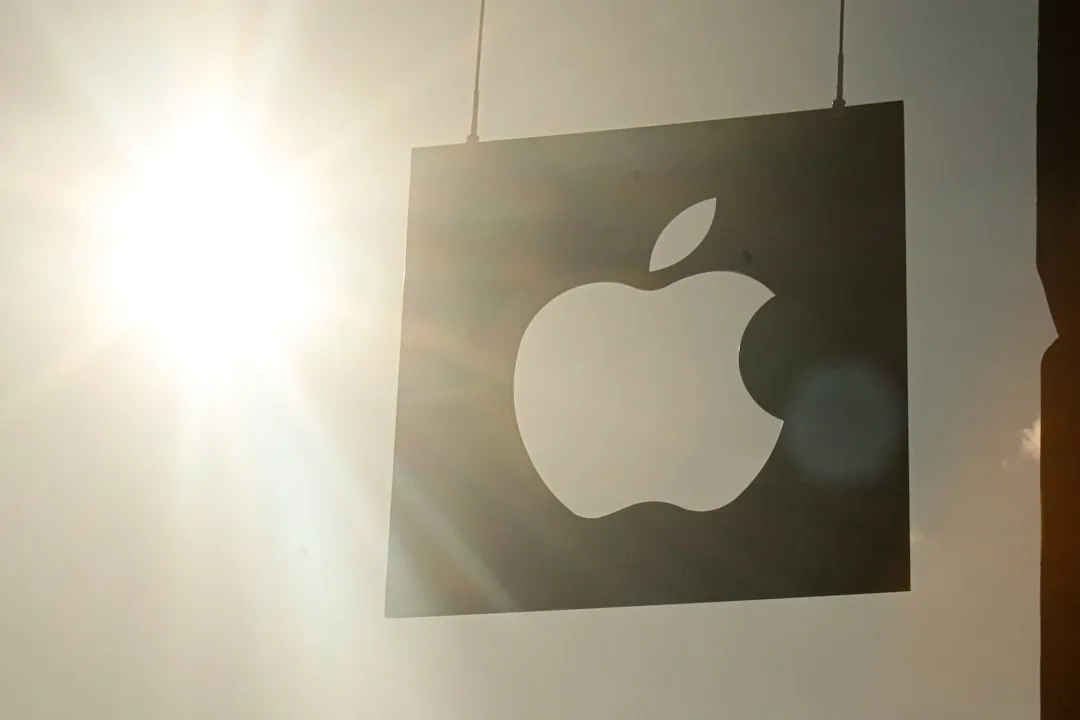
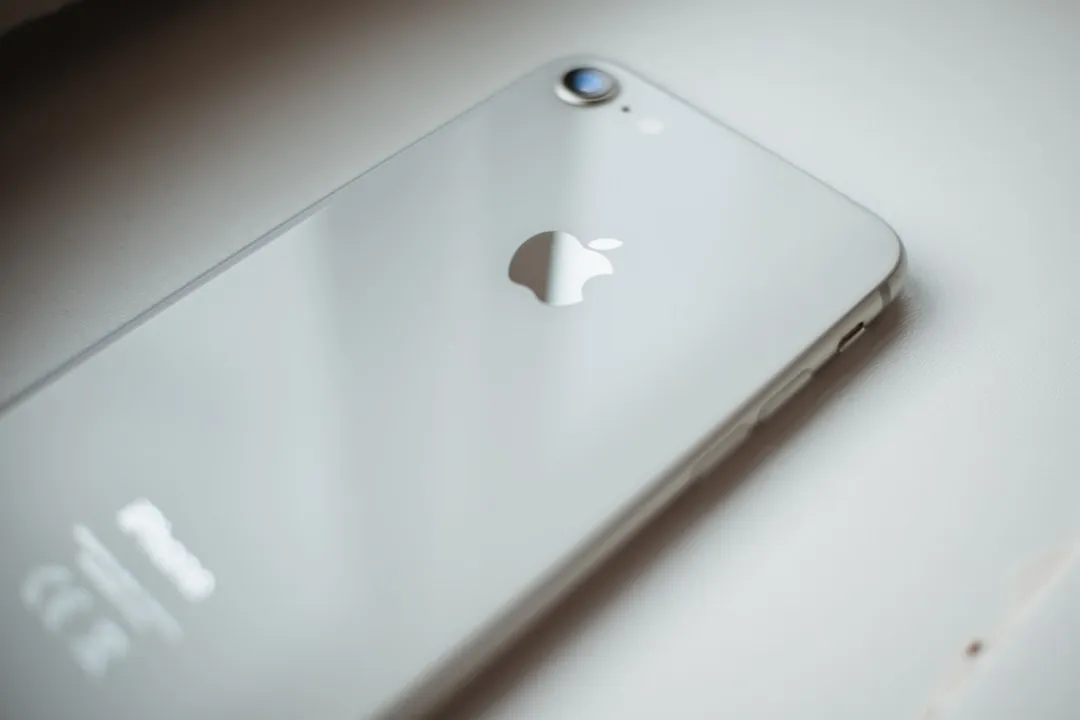
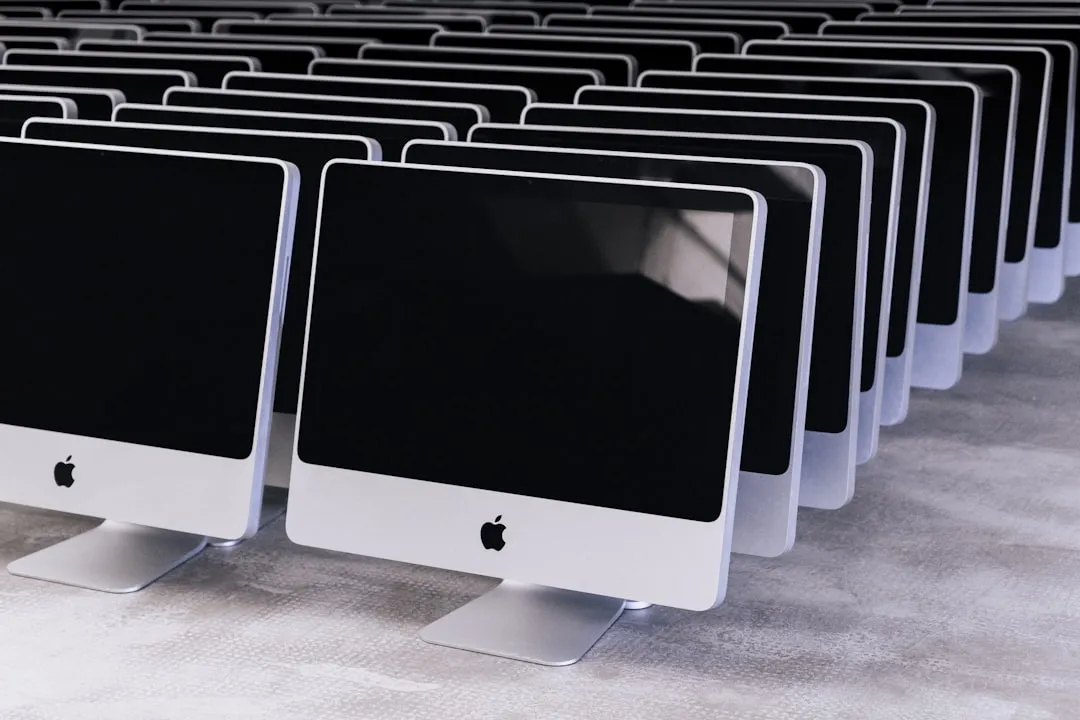
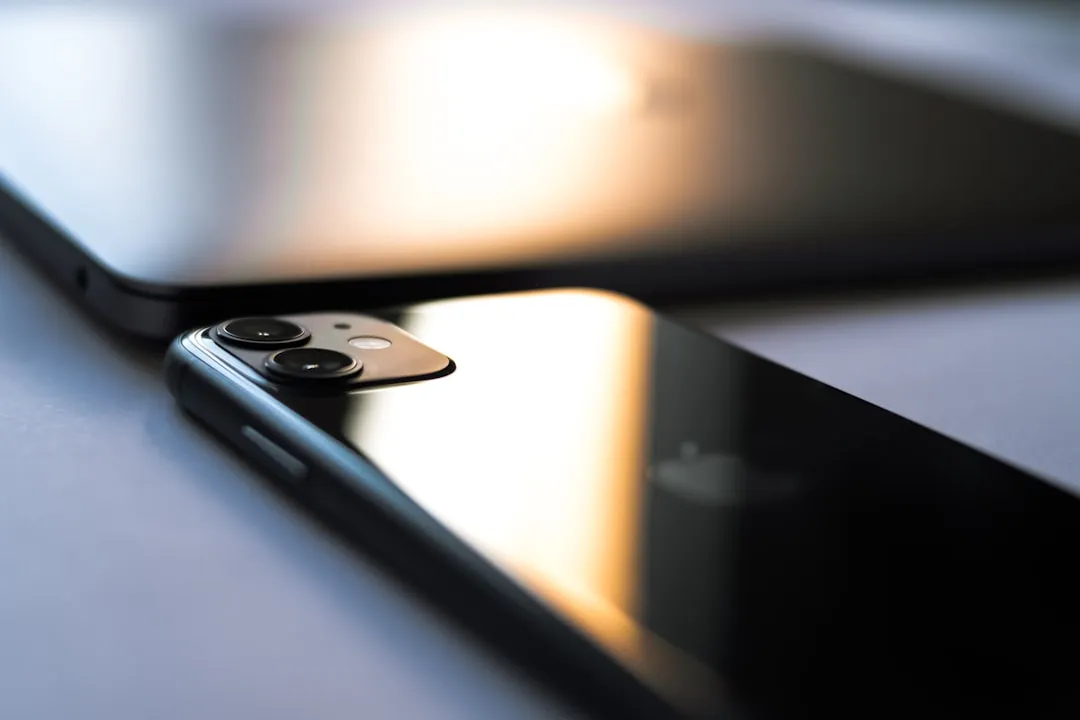
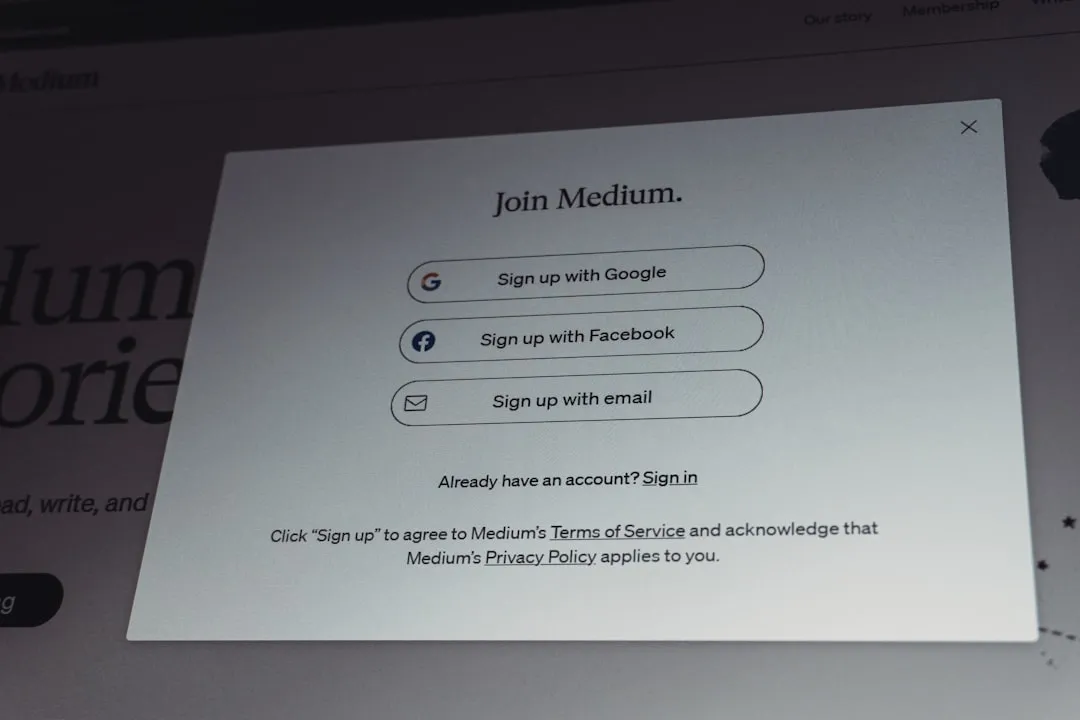
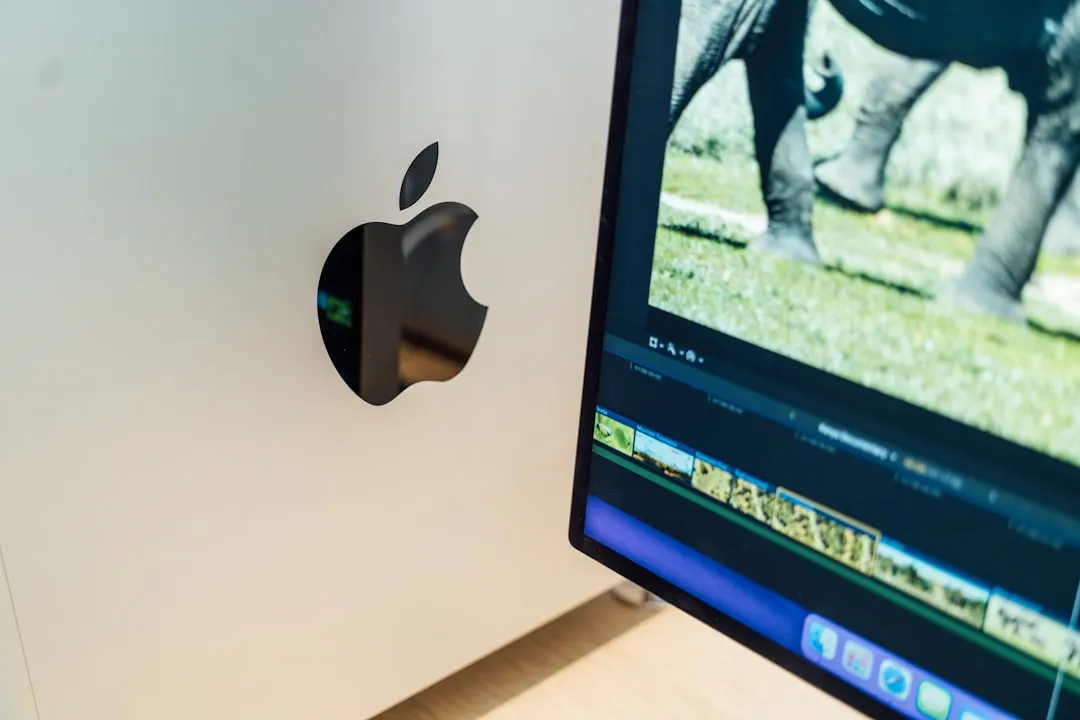
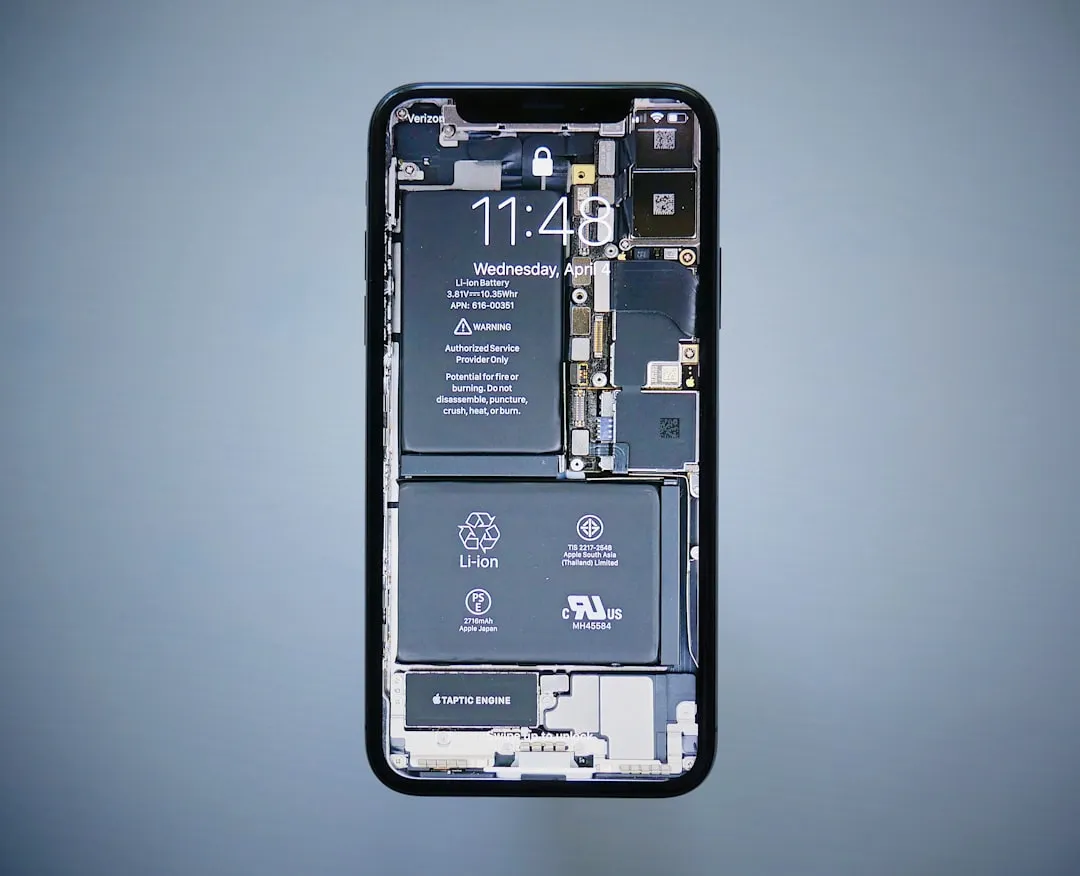

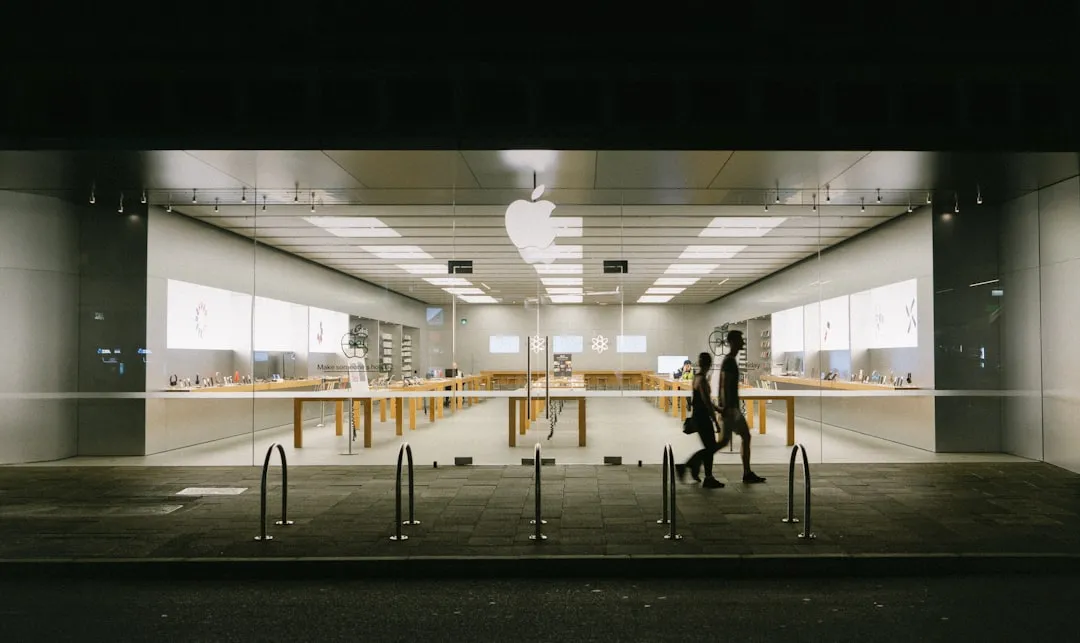
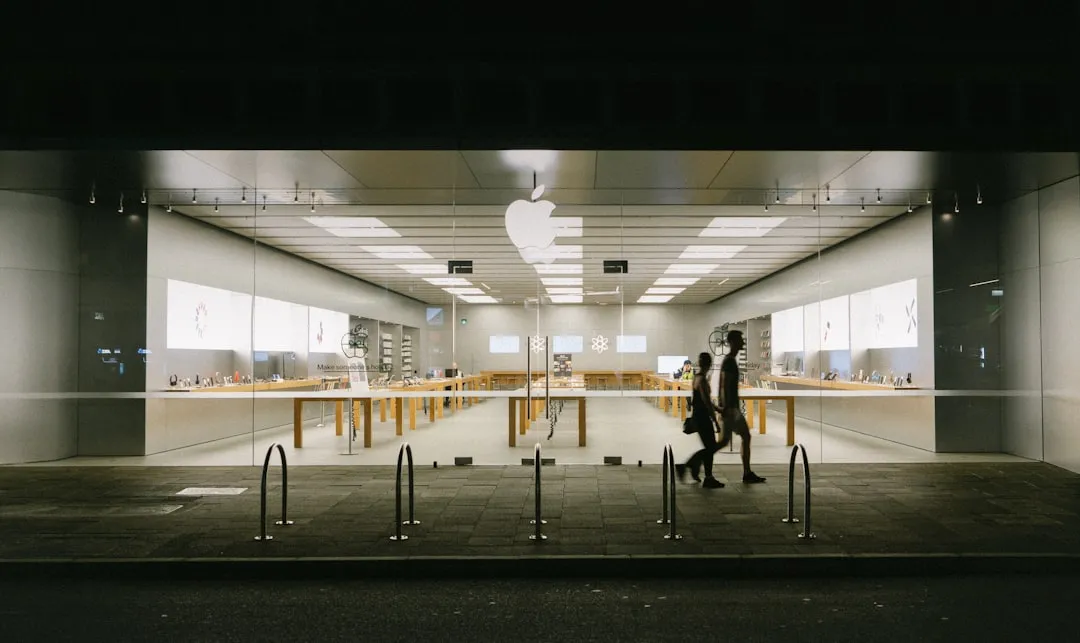

Comments
Be the first, drop a comment!